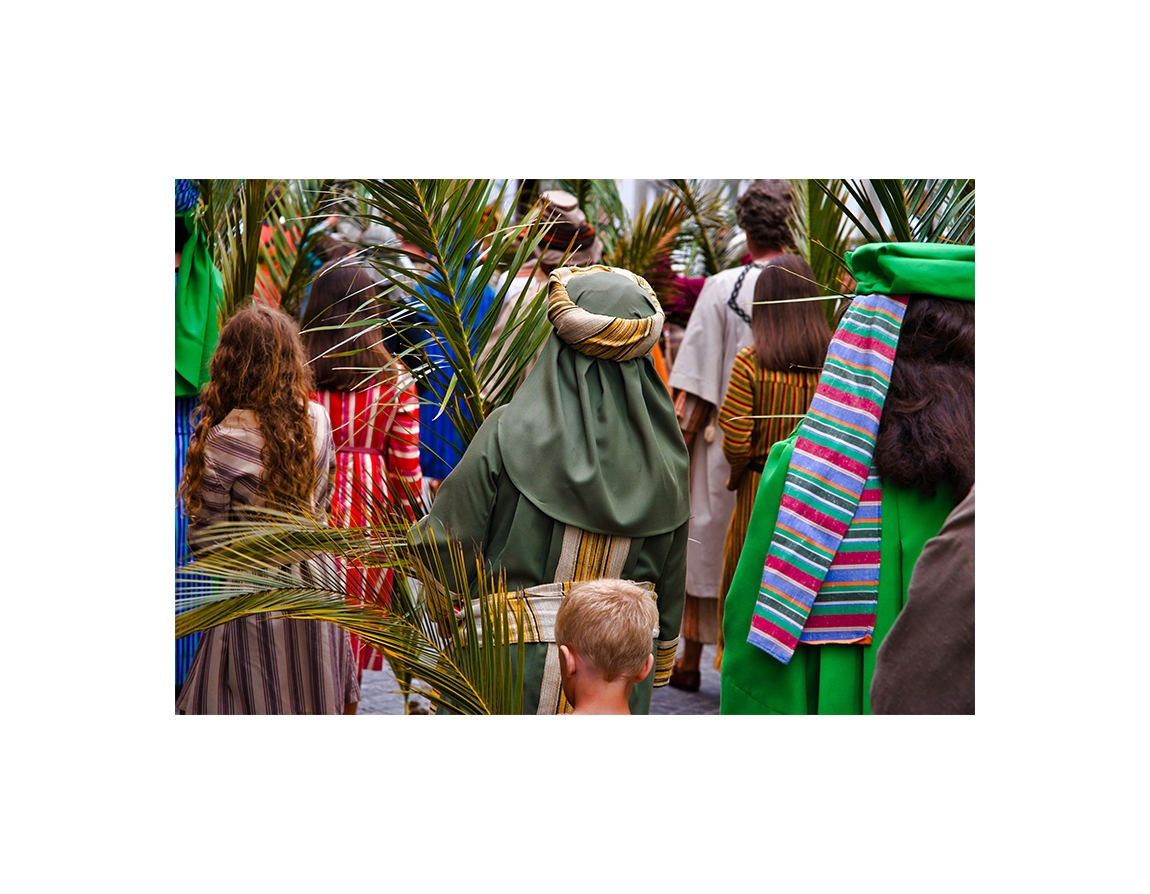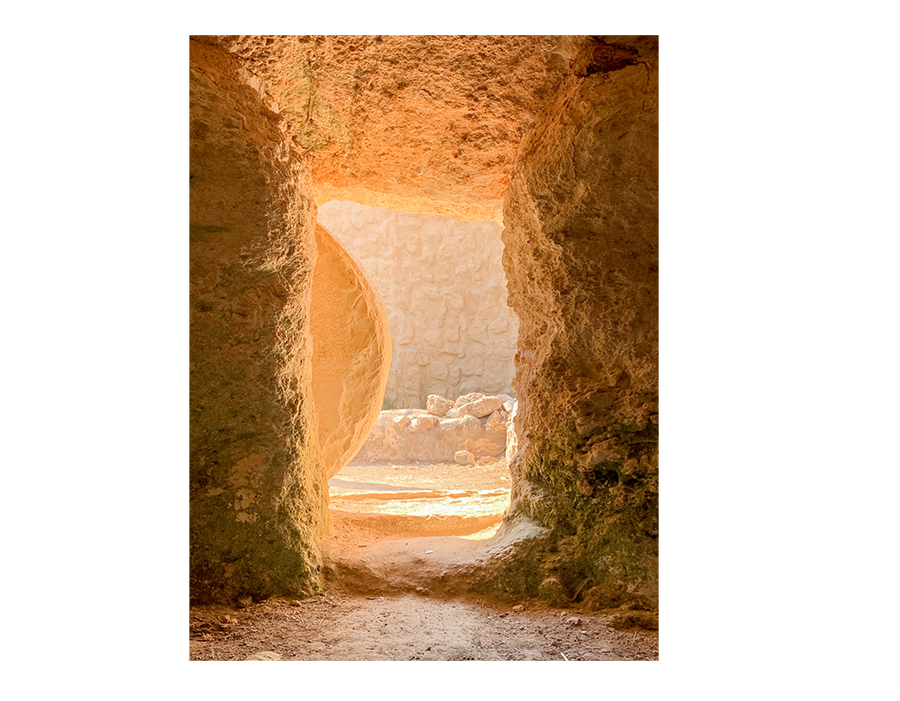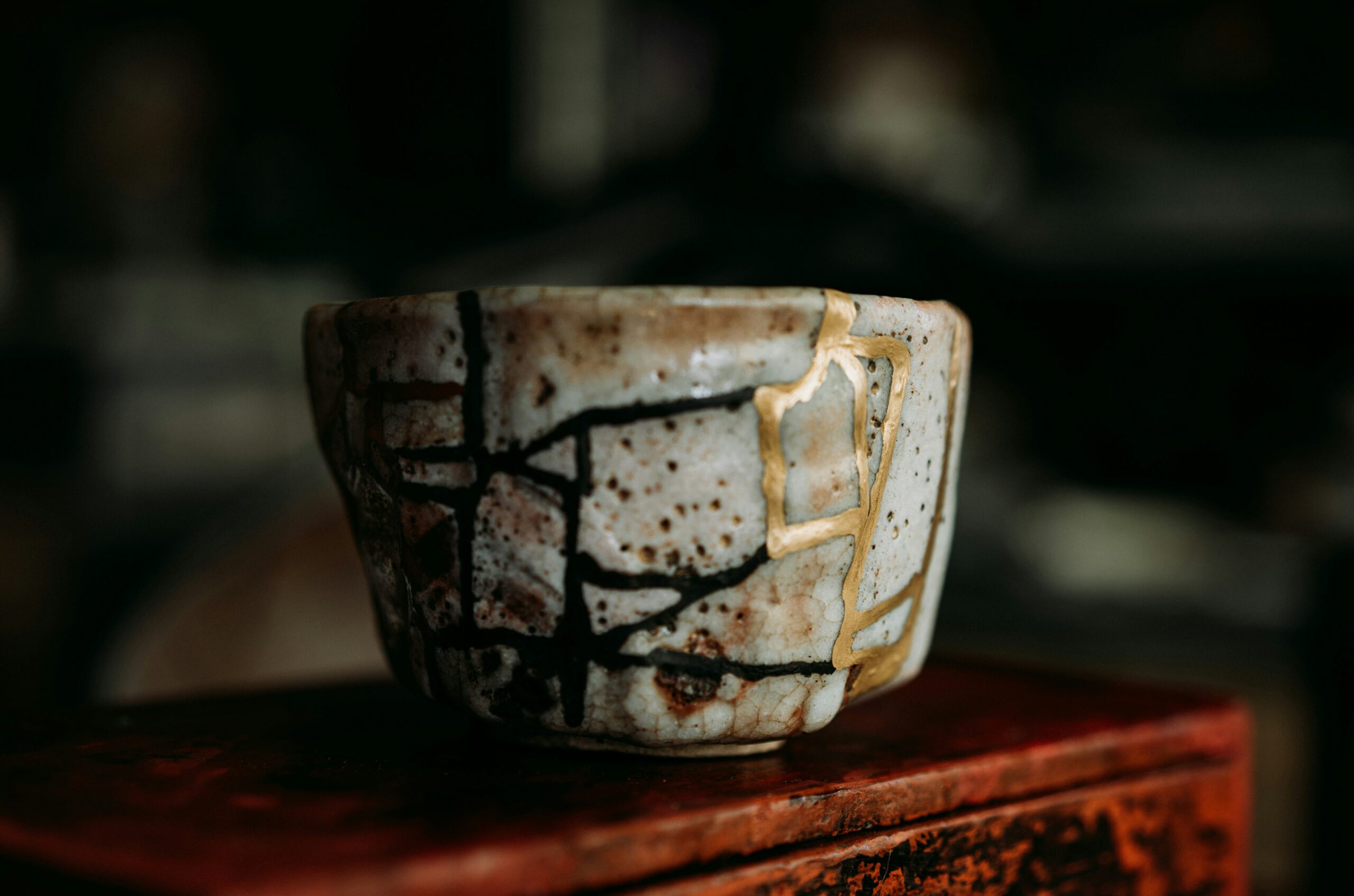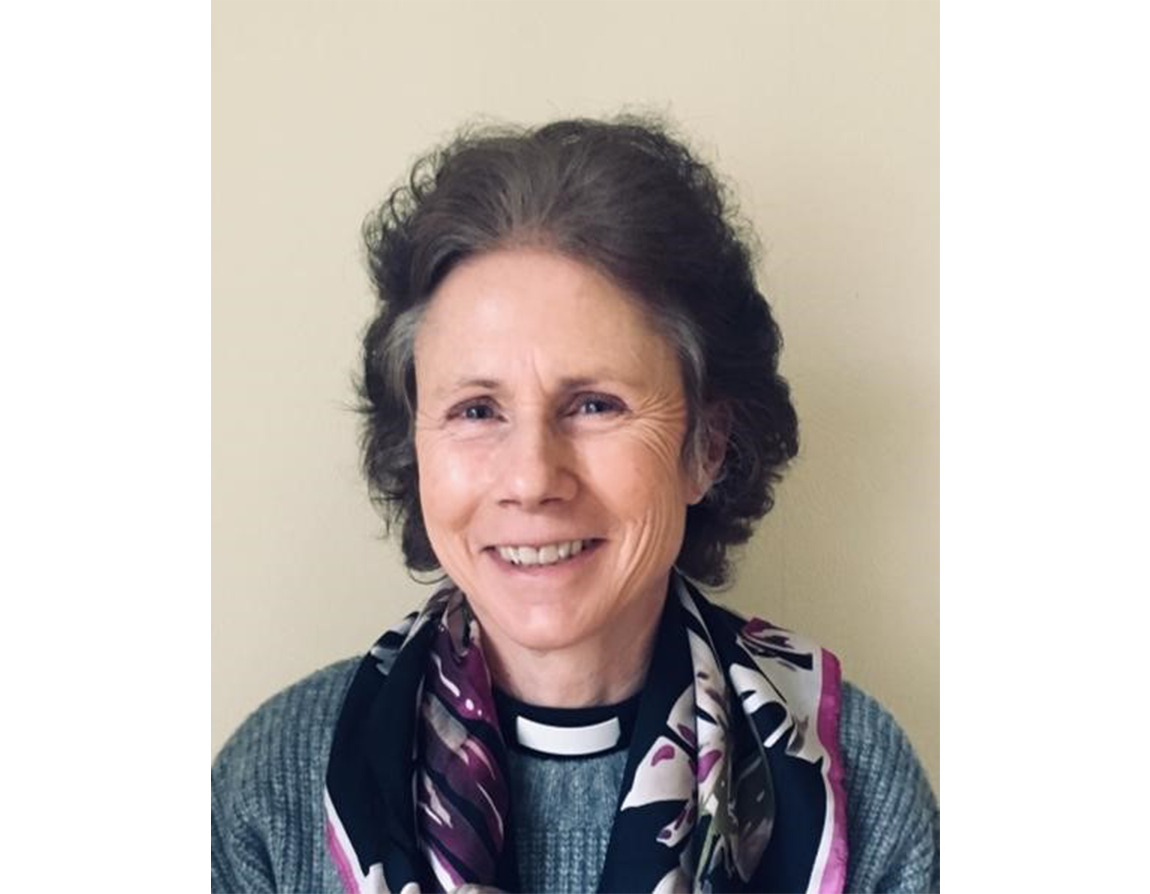
We wish you a joyful Eastertide! Sally Welch draws on the experience of many Easters in this specially written reflection.
31 March 2024
Over my years as an Anglican parish priest, I have taken part in many ‘Walks of Witness’, events which are designed to echo the last journey of Christ, from trial to crucifixion. ‘Walks of Witness’ take place on Good Friday, usually in the morning but occasionally in the early afternoon. They are interdenominational and involve different church communities in a village, town or city gathering together to walk through their neighbourhood, pausing at various points to read out loud the Bible passages concerning the last few days of Jesus’ life.
Sometimes the group will walk behind a cross; sometimes musicians accompany songs or hymns; prayers may be said, reflections may be shared and testimonies may be given. They can be small and low-key – just a few people quietly progressing through the streets and along the paths – or large and noisy as crowds are attracted to the spectacle and either join in or observe the action.
Weeping with those who weep
What gives the event more power is the number of people who are not involved – for every walker involved, there will be a larger number of people going about those everyday tasks that make up most of our lives, following their own path to their particular destination. This can make for some edgy moments – I have been in processions that have been targeted with eggs and had hoses turned on them as well as the more low-key ‘point and laugh approach’. And in a cynical (or simply self-conscious) moment, perhaps we too might question the value of a group setting themselves up as a spectacle for others, bringing what should be the private expression of an individual’s belief out into the open, into the market square, in a statement of religious superiority perhaps…
No, and again no! The ‘Walk of Witness’ is bigger than this. It is a statement of solidarity, an acknowledgement of common humanity, of the universal nature of suffering. Good Friday is a day of grieving and sadness and rightly so. It is a day when we stand beside all those who have been shocked and broken by the events of their lives, who have seen the brightness of their future dimmed or extinguished by the actions of others or themselves. It is a day when we stop walking past the anger, the hurt, the betrayal and the brutality which is part and parcel of the human condition and we look it right in the face and we deplore it. It is a day when we mourn that things are so and we stand alongside all who suffer and mourn and are in pain and we weep with them.
Beauty from brokenness
I have the privilege of working in Christ Church Cathedral, Oxford. Built in the twelfth century, on the site of an eighth-century religious community founded by St Frideswide, saint of peace and healing, it is a beautiful and sacred space, filled with the prayers of generations. In one corner of the cathedral, in what is known as the Lucy Chapel, is the oldest stained glass in the building, dating from 1320. It is famous not just for its age but also for its rare depiction of Thomas a Becket, images of whom were ordered to be destroyed by Henry VIII.
However, the part of the window I appreciate most is the lower part of the window. At first look, it seems just like any other stained glass window, with its bright blues and gorgeous reds, through which the sun shines in a fantastic kaleidoscope, making patterns on the floor. If you look more closely, however, you can see that the glass does not form a picture, or even a pattern, but is instead made up of lots of random pieces of glass – faces and hands appear amongst greenery and pieces of pure colour. Apparently, when the tracery glass at the top of the window was restored in the 1980s, it was decided that the main panels (the three large sections in the lower part of the window) would include fragments of medieval glass taken from London churches which were bombed in the World War II. So much beauty constructed from so much brokenness.

A path traced with gold
Because we are an Easter people, we know the ending, and as we stop right in the middle of the pain and the bloodshed and the tears, we believe that there is a path through the suffering and it is traced with gold. We are a community of good news. And the good news is that whatever our condition, whatever our state, whatever our faults, Jesus understands and loves us. The good news is that we do not have to understand Christ because he understands us, fully and completely and walks alongside us in our suffering. The prince of peace stands with us in our conflict and chaos, and he transforms it into a thing of beauty. And then he bids us go and tell this to others. These are our tasks – to stand in the midst of pain and confusion and believe in the good and walk towards it.
The song lyrics below celebrate the art of kintsugi – the Japanese art of mending broken pottery with gold. As a philosophy, it treats breakage and repair as part of the history of an object, rather than something to disguise. For me, the words sum up the brokenness which is the human condition, and the beauty of Christ’s redemptive action which transforms our brokenness so that it shines forth in our lives as so much gold.
Japanese Bowl
I’m like one of those Japanese Bowls
That were made long ago
I have some cracks in me
They have been filled with gold
That’s what they used back then
When there was a bowl to mend
It did not hide the cracks
It made them shine instead
So now every old scar shows
From every time I broke
And anyone’s eyes can see
I’m not what I used to be
But in a collector’s mind
All of these jagged lines
Make me more beautiful
And worth a much higher price
I’m like one of those Japanese Bowls
I was made long ago
I have some cracks, you can see
See how they shine of gold.
‘Japanese Bowl’ by Peter Mayer Copyright 2010 www.petermayer.net Used with kind permission.



